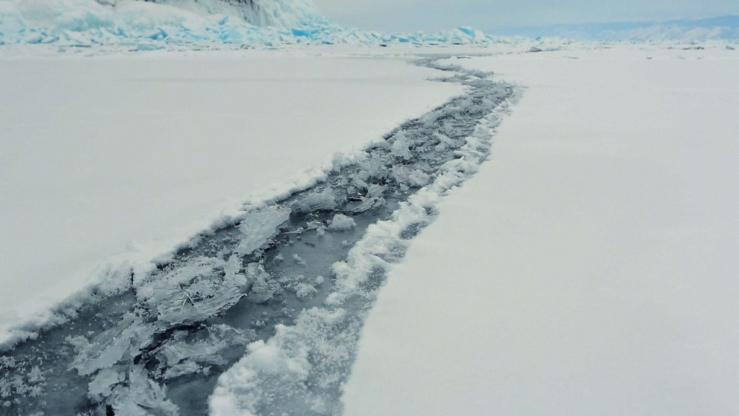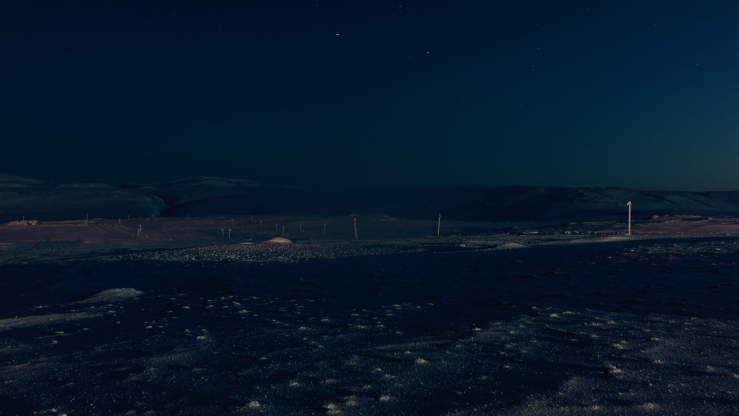Landscape
by Philipp Scheid and Johanna Hoberg
›Landscape‹ in moving images - what is it and how does it function? Is it merely a natural backdrop or does it occasionally provide us with something more than the picturesque setting for a film? Can landscapes themselves therefore be treated artistically?
Let us start by taking as a basis of understanding the definition of landscape suggested by the art historian W. J. T. Mitchell: »Landscape is a medium in the fullest sense of the word. It is a material ›means‹ (to borrow Aristotle’s terminology) like language or paint, embedded in a tradition of cultural signification and communication, a body of symbolic forms capable of being invoked and reshaped to express meanings and values.«[1]
Landscapes are not just an arbitrary slice of nature but motifs which the artist has deliberately chosen and constructed, which have their own history of representation (iconography) and which can be regarded as carriers of cultural significance. An important difference to the traditional visual media painting and print is the fact that landscapes in film and video are, above all due to the recording technology, able to record external sequences of motion in nature (the flow of a waterfall, the trembling of leaves) where paintings and prints can only suggest movement in nature. At an early date, this specific ability of cinematographic art gave rise to theoretical and practical discourse and, besides this, led to the genre of the nature film. In the course of the attempts by cinema reformers to ennoble film and establish it as an independent art form, the Dresden author Hermann Häfker, for example, regarded the nature film as an ideal medium for illustrating the decisive advantage of cinematographic art which, for him, was an »all-embracing, genuine and live painting« . With this, nature had been referred to as a filmic subject but was still, for the most part, disregarded as an independent theme. (Philipp Scheid)
Bibliography:
[1]Mitchell, W. J. T.: Imperial Landscape, in: Ders. (Hg.): Landscape and Power. Chicago/London 2002, S. 14.
Landscape covers a broad field in filmic works: From the framing backdrop and the background moving past, through a landscape of souls, to its being a protagonist,[1] so that it is not possible to talk about the genre “landscape film” in the strict sense. Thus, landscape in film[2] should rather be considered an aesthetic approach which also underpins the emotional, sociocultural, historical or argumentative level of the film.
The portrayal of a landscape is always an image which was created by the eye of the observer – but also by the eye of the camera –, by his perception of the spatial relations of bodies, his mood and his personal situation. Landscape is a “product of the theoretical spirit”.[3]
In Cultural Landscape Studies, landscape is everything which surrounds people, whether it has been grown by nature or created by humans.[4] It is not merely pictures of nature[5], cityscapes[6] can also be involved. The fundamental aspect of a landscape, or that which becomes a film landscape when a camera passes along a row of houses or makes a panning shot of mountainous scenery, is the emergence of a space[7], one which incorporates a meaning and can be experienced in two ways: Firstly through the motion of the camera and the eye of the observer, but also through the association of the viewer’s subjective experience with that which he sees. This is heightened in filmic works, in which landscape serves symbolically as “the carrier of emotional states” or as “an indicator of the protagonists’ development status within the framework of the story”, and is in this way transformed into a “landscape of souls”.[8] (Johanna Hoberg)







